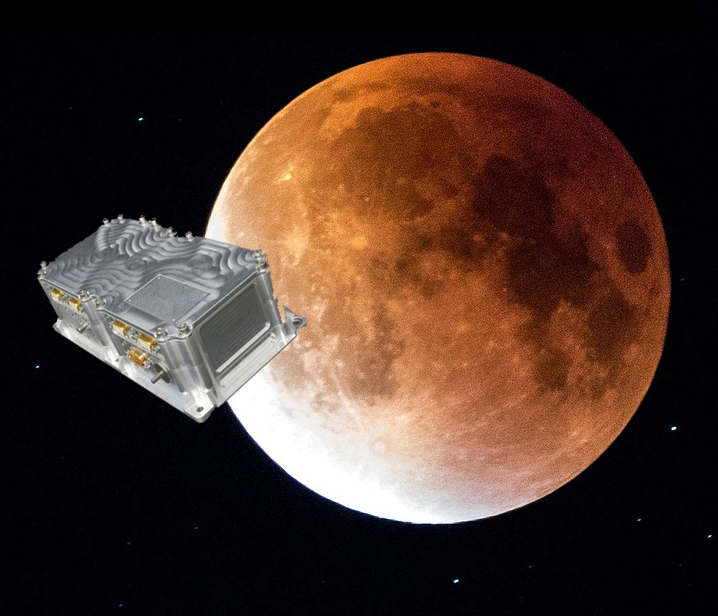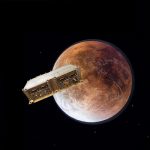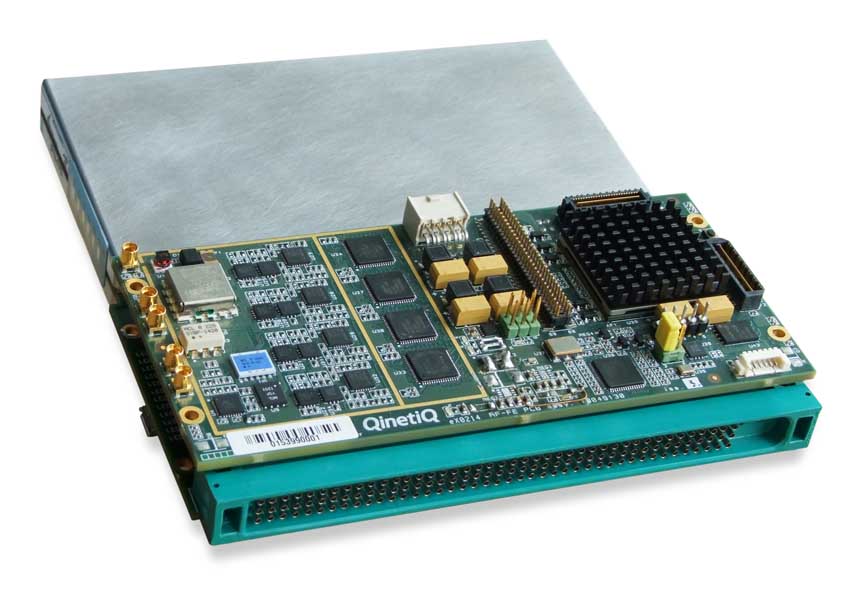Partners SpacePNT and European Engineering and Consultancy (EECL) have delivered the final presentation of the European Space Agency (ESA)-funded ‘Earth Moon GNSS Spaceborne Receiver For In-Orbit Demonstration’ project, the aim of which was to develop and qualify a GNSS spaceborne receiver called NaviMoon for lunar applications.
Current geostationary orbit (GEO) and geostationary transfer orbit (GTO) missions already exploit GNSS signals for in-orbit positioning, navigation and timing (PNT). NASA’s Magnetospheric Multiscale (MMS) mission has demonstrated that tracking of GPS signals is possible up to 150,000 km from the Earth’s surface, that is half the distance to the Moon.
The feasibility of extending the use of GNSS for lunar missions has been assessed by ESA in studies under the agency’s General Studies Program (GSP). These studies have shown that navigation to the Moon using GNSS might be feasible if specific high-sensitivity techniques were implemented in GNSS spaceborne receivers.
Speaking at the final presentation of the current project, hosted by ESA, SpacePNT Co-founder and Director Cyril Botteron said “We developed, manufactured and tested a proto-flight model of the NaviMoon high-sensitivity GNSS receiver and low noise amplifier [LNA], to be placed onboard the Lunar Pathfinder.” Built by Surrey Satellite Technology Ltd (SSTL), Lunar Pathfinder will provide communications services in Moon orbit.
Fully tested
NaviMoon is a further development of SpacePNT’s flagship spaceborne GNSS receiver NaviLEO. It is a dual constellation (GPS + Galileo), dual frequency (E1/L1 + E5a/L5), commercial off-the-shelf (COTS)-based receiver with radiation mitigation, with fast digital signal processing in the hardware and acquisition, tracking control and navigation in the software. It has a dedicated microcontroller for interface management and is reprogrammable in flight.
EECL provided the GNSS reflectometry front end for remote sensing. EECL Founder and CEO Ben Kieniewicz said, “We have the capability to design best-in-class RF modules. Similar design techniques have been employed for lunar LNA, as highest possible performance is required for ultra-weak signals.
The project included a comprehensive testing program, with mechanical tests, a thermal vacuum test, electro-magnetic compatibility testing and a full GNSS test campaign. Botteron said the result is a robust platform, both in terms of radiation tolerance and environmental performance, delivering less-than-100 m accuracy at Moon distance and cutting the dependence on costly Earth infrastructure for orbit determination. “Target performance was exceeded by a large margin and we are now looking forward to in-orbit experiments that will demonstrate the technology is mature for operational use.”
The project was funded under ESA’s NAVISP program, dedicated to European industrial technology innovation in the PNT sector. It was also supported by ESA’s GNSS Science Advisory Committee (GSAC).






